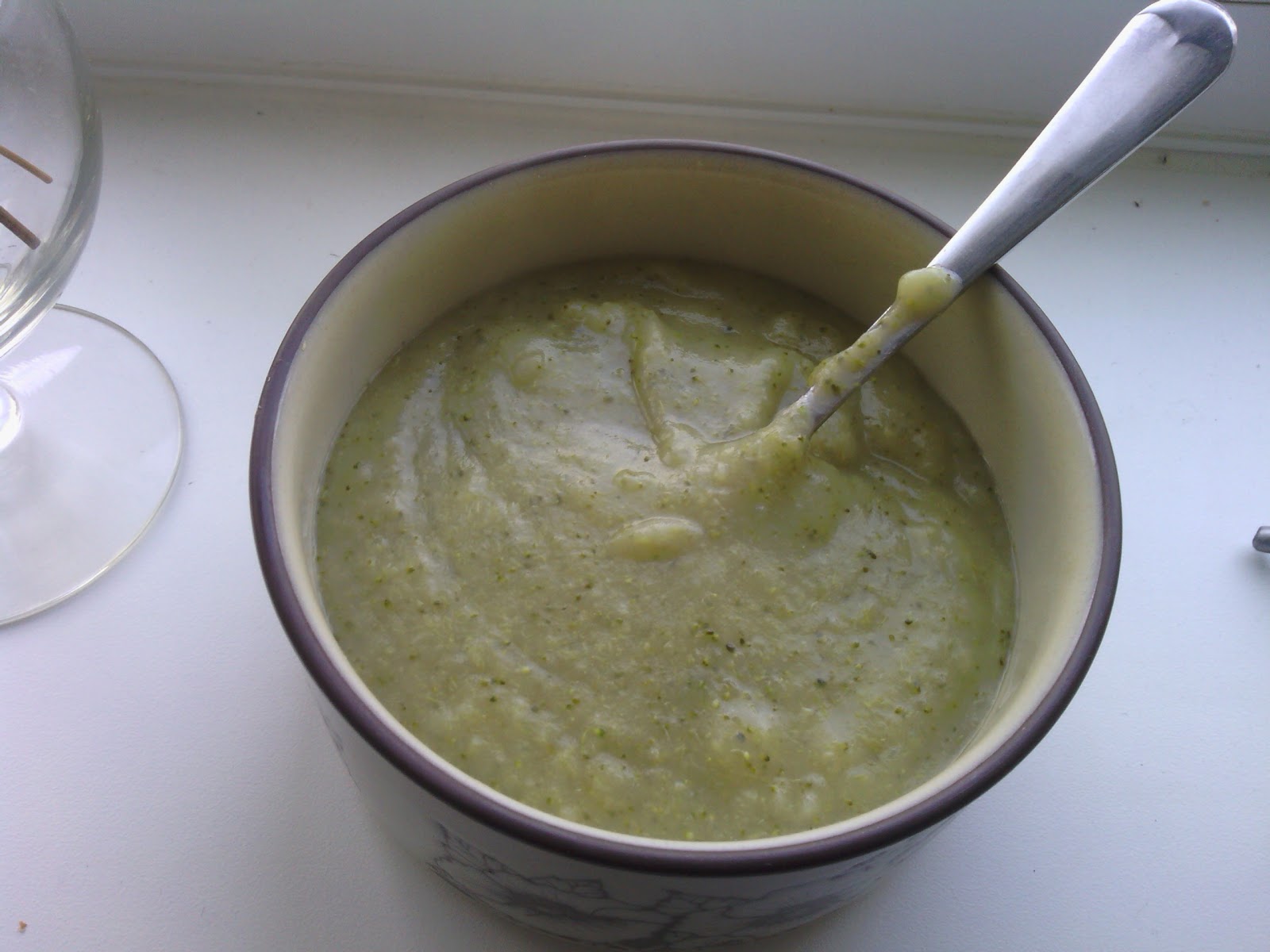The day before New Year's Eve started off with a walk with my new dog, several good friends and their dogs along the sodden ground of the sun-soaked hills above the towns and villages where we live. The evening was to see a trip to meet up with some other friends for some homemade chili and a good catch up. In between the walk and the evening out I chose to make something reasonably quick that I could take out with me to the chili night to compliment my friends' top-rate chili.
I chose to make some bread, but it was bread with three different toppings so as to cater for all tastes. I made the dough first by taking a pound of strong white bread flour and a sachet of yeast and stirring them gently together in a mixing bowl. I then added two tablespoons of olive oil and half a pint of warm water to the mixture. I stirred the oil and water into the flour and yeast with a metal tablespoon until it formed a thick and sticky ball of paste. I realised that I needed to add more flour to make the dough lose its stickiness and allow it to become dry enough to knead. I gradually added a tablespoon of flour to each side of the sticky ball of dough and folded the flour until the dough dried so it could be kneaded.
I kneaded the dough in the bowl by constantly punching it with my fists on one side and then turning it over and repeating the process for about ten minutes. In contrast to the necessary violence being taken out on the dough the music on the CD player for the afternoon's bread making was a little more relaxed. The record of choice was my newly purchased copy of Van Morrison's bouncy R&B infused 1970 offering "His Band and the Street Choir" which includes his big US hit 'Domino' and the pulsing 'I'll be Your Lover Too' among other treasures.
Once the kneading was complete I took the bowl with the bread in and placed in the warmest place in the house, which was the window sill of the south-facing front bedroom. I left it there to rise in the warmth for an hour.
While the bread was rising I made the topping of one part of the bread by frying a diced white onion in an ounce of margarine and a sprinkling of black pepper. Once the onions began to turn translucent I turned off the heat on the hob and left the onions to cool. I also took the opportunity to line a twenty-five centimetre wide and six centimetre deep tin with greased foil.
After an hour I returned the dough to the kitchen and cut it into three equal pieces. I gouged a two centimetre deep and ten centimetre long hole in the top of the first piece of dough and filled it with slow roasted tomatoes covered in oregano. I brushed this section of the dough with olive oil.
I made a hole the same size in the second piece of dough and filled it with the fried onions. I then spread two tablespoons of sour cream over the onions while making sure the flesh of some of the onions was still visible beneath the cream.
In the third piece I made another two centimetre deep and ten centimetre wide hole and stuffed it with freshly plucked Rosemary from the garden and a diced clove of garlic.
I cooked the pieces of bread in the oven at 180 degrees (190 degrees for non-fan ovens) for a period twenty-five minutes. I knew the bread was cooked as the edges had started to turn brown and I could stick a skewer clean through the dough without any pieces attaching themselves to the skewer.
I took the tomato bread and the onion and sour cream bread to the chili night where they went down well with some excellent chili. The sour cream and onion provided a freshness to compliment the dry dough of that particular bread while the slow roasted tomatoes gave the tomato bread a rich and distinctive taste to savour while we watched the director's cut of sci-fi classic Bladerunner.
The Rosemary and Garlic bread made its way south with me on New Year's Eve to the home of some of the people I had walked my dog with the day before. The tangy, but not totally overpowering, taste of the garlic and the fleshy Rosemary leaves contained in the bread helped fortify us for a trip to the local pub to solve a fictitious murder mystery and let the New Year in later that evening.
 |
| Take your pick: in the foreground is the sour cream and onion bread with the well-cooked onions visible. To the right is the garlic and Rosemary bread and at the back is the tomato bread. |




